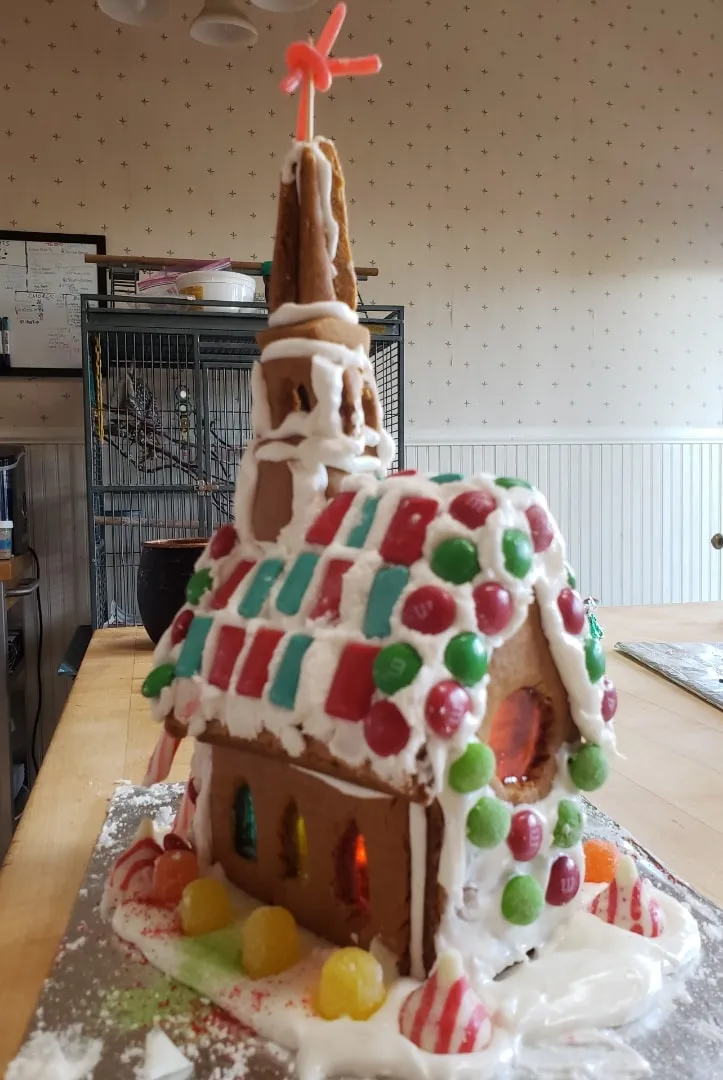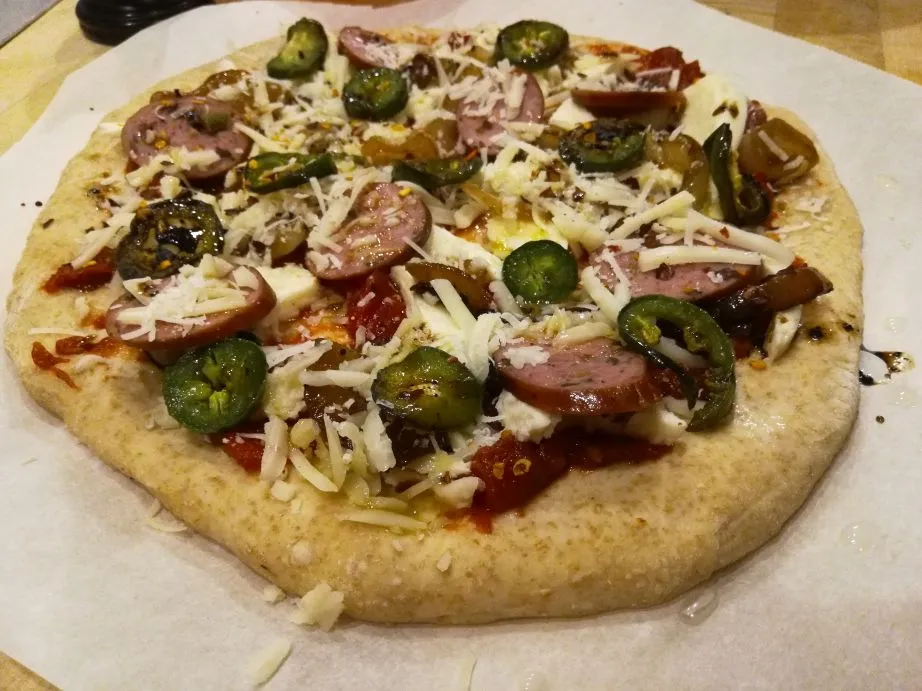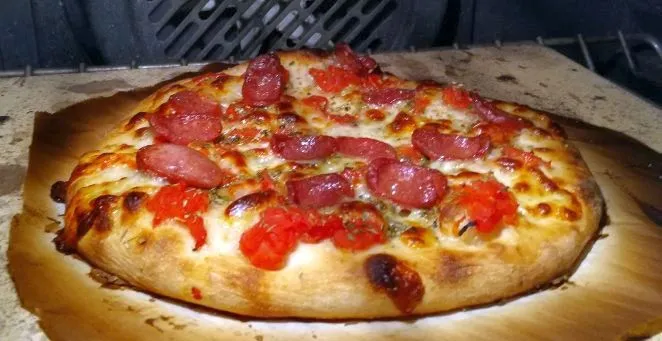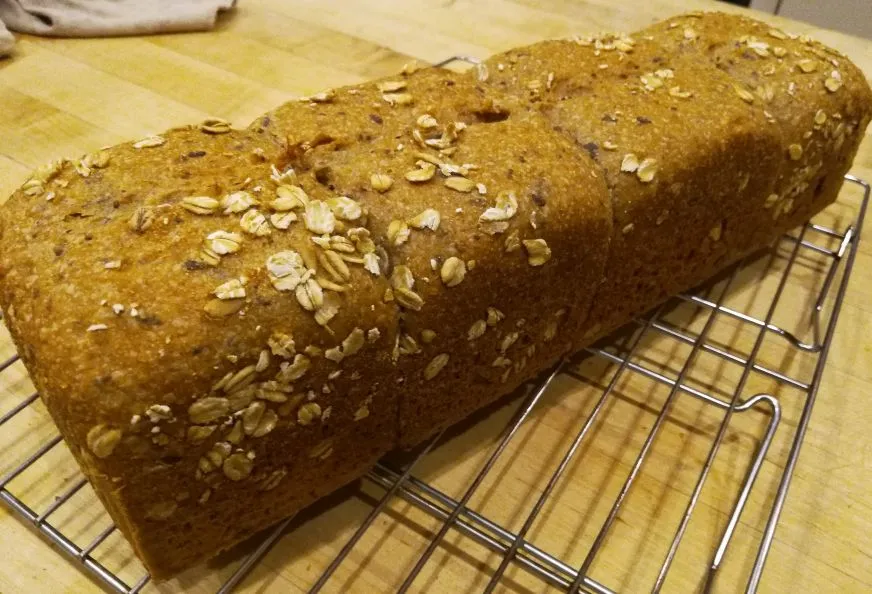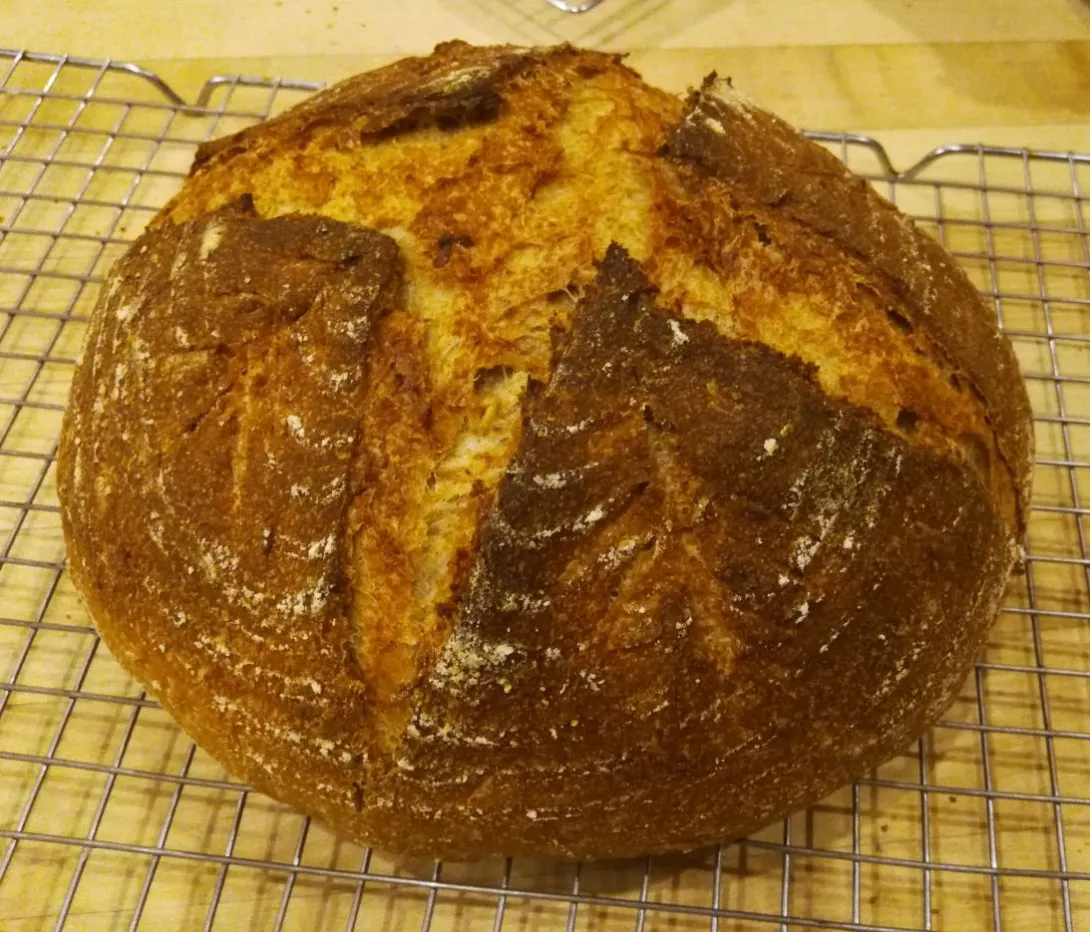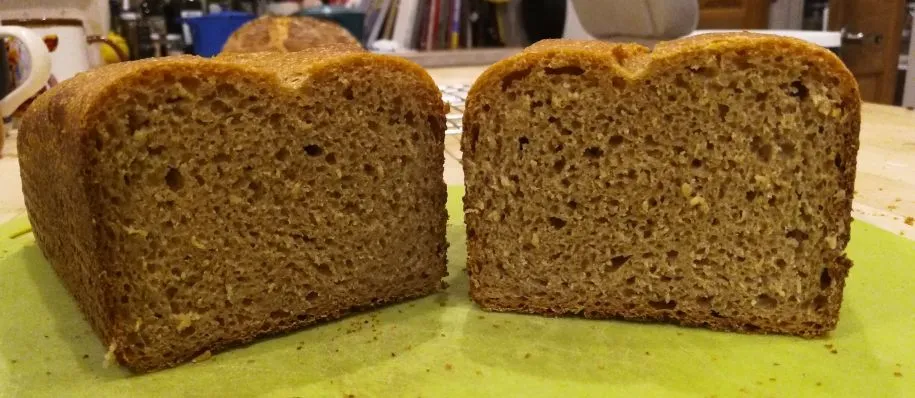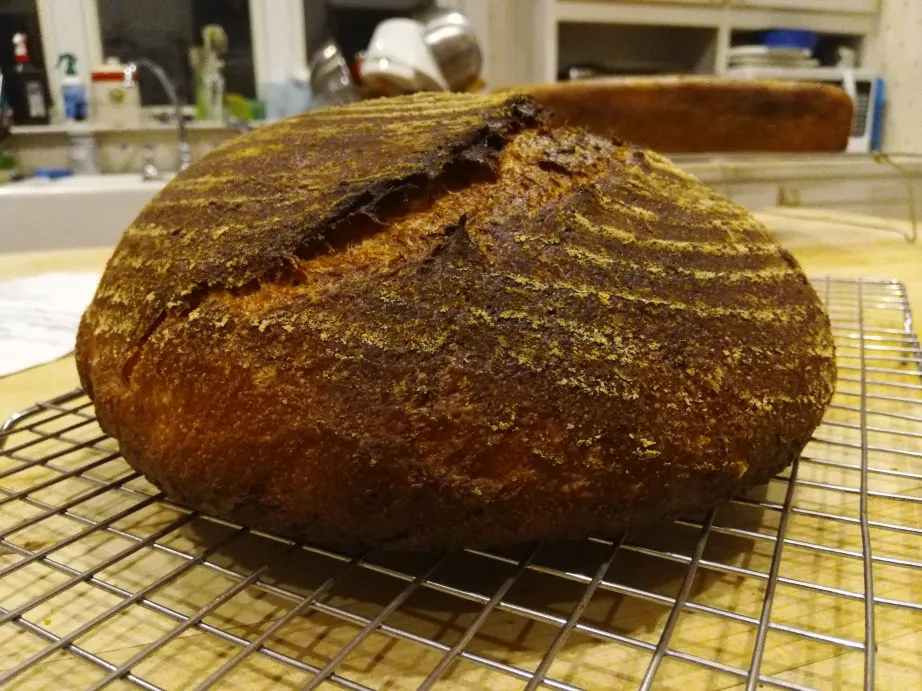Broccoli Cheddar Bread Bowls Galore!
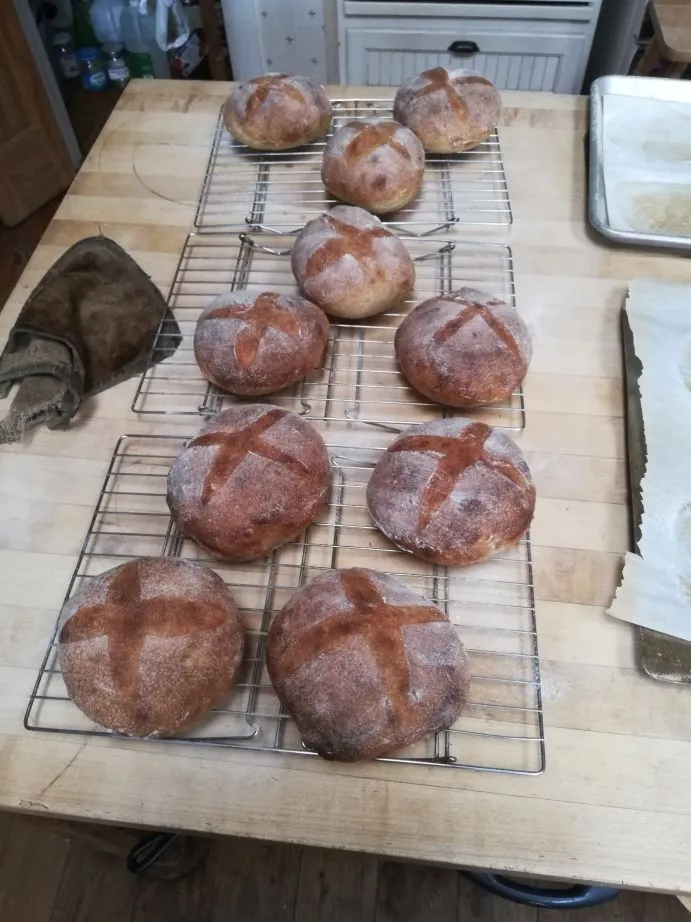
I have been trying to make good broccoli cheddar soup for years. I was always disappointed with the results. FINALLY, the stars aligned and I had both an excellent broccoli cheddar soup AND great tasting and great looking bread bowls to boot.
Bread Bowl Ingredients
